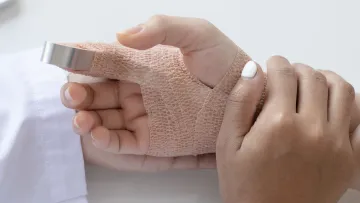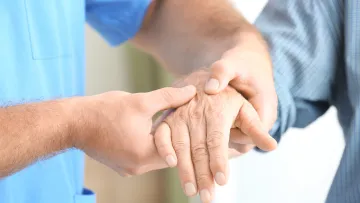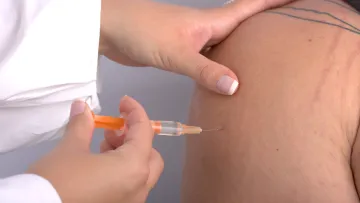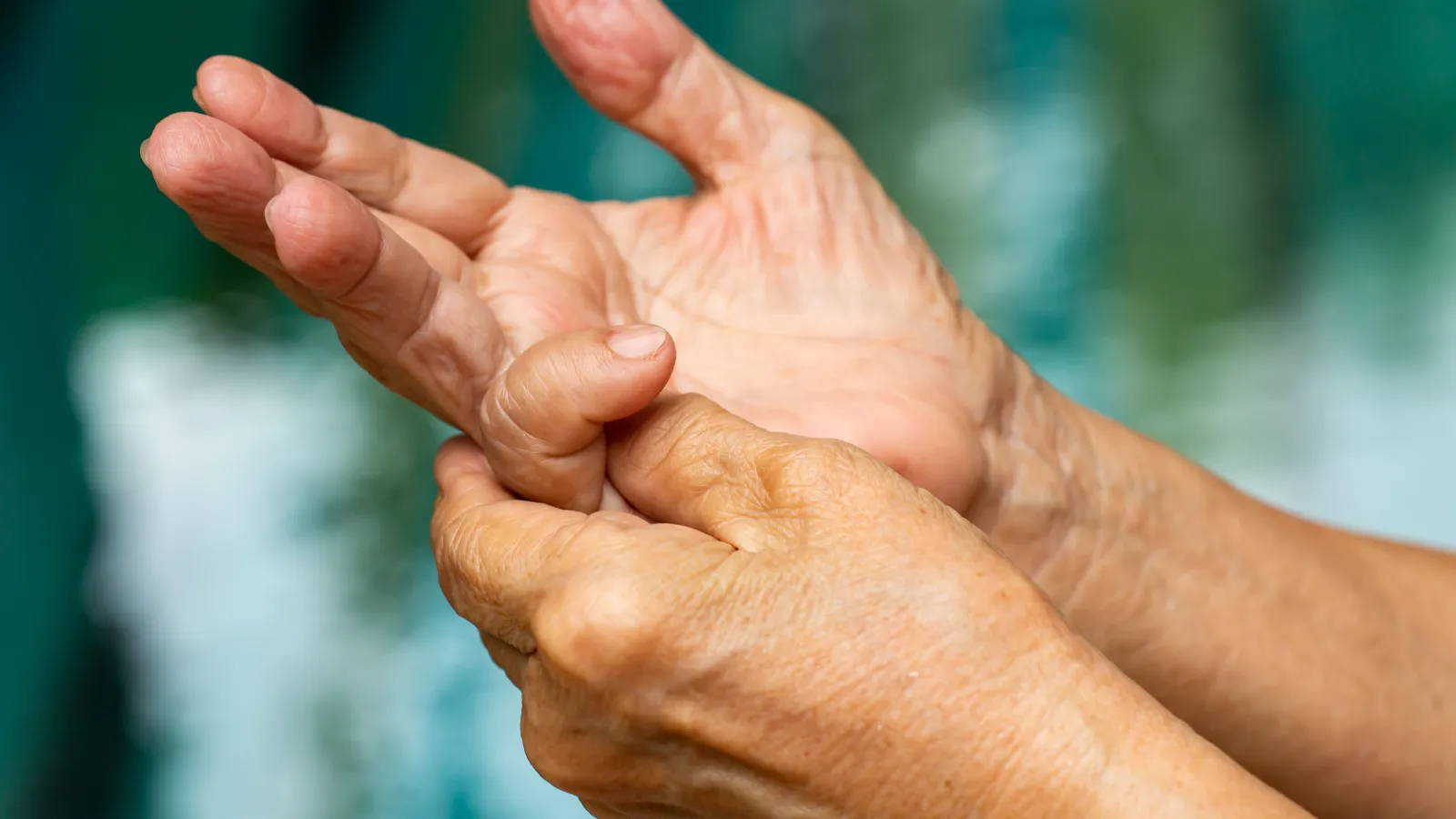
Trigger Finger
Does your Finger Pop or Click?
Does your finger pop or click when it moves? Are you unable to straighten or move your finger at all? Trigger finger can cause pain and stiffness that affects your dexterity and ability to do daily tasks at home or work.
Our board-certified doctors at Orthopaedic Specialists of Austin tailor trigger finger treatment to your needs to safely restore mobility.
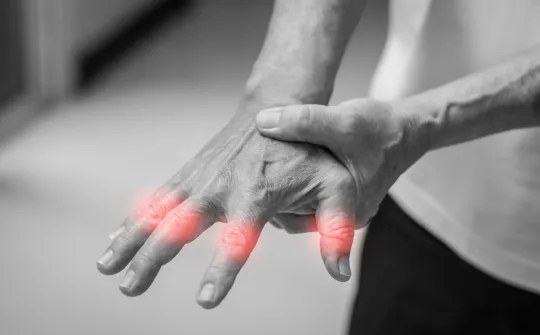
What Is Trigger Finger?
Stenosing tenosynovitis, or trigger finger, is a painful condition that causes a finger or thumb to catch or get stuck in a bent position. It occurs when a tendon in your finger becomes inflamed and cannot glide through the sheath that keeps it in place. A nodule may also form, further restricting the tendon's ability to travel through the sheath. Trigger finger generally affects just one finger or thumb at a time.
When straightening your finger (left), inflamed tendons get caught in the sheath. The finger may either be trapped in the bent position or it may release with a snap. When bending your finger (right), the inflamed tendon may once again be snagged by the sheath.
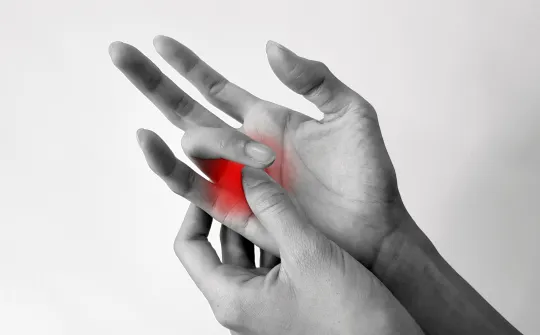
Stenosing Tenosynovitis, Known as Trigger Finger
The name comes from the trigger-like motion the condition causes. Often when someone is suffering from Stenosing Tenosynovitis, their finger or thumb may bend or straighten with a snap, much like a trigger being pulled and released.

What Are the Causes of Trigger Finger?
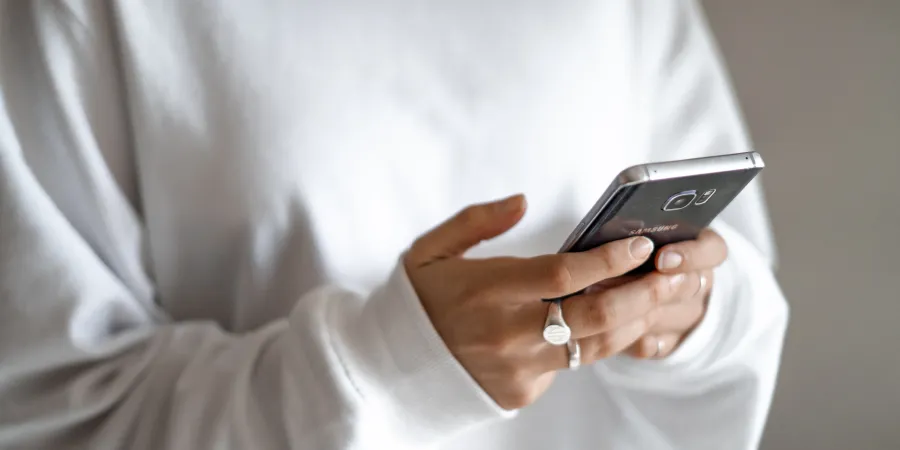
Repetitive Movements
Repetitive hand movements such as texting, playing an instrument, or writing put you at a higher risk of developing trigger finger. Repeatedly gripping things like power tools can also cause inflammation that leads to trigger finger.
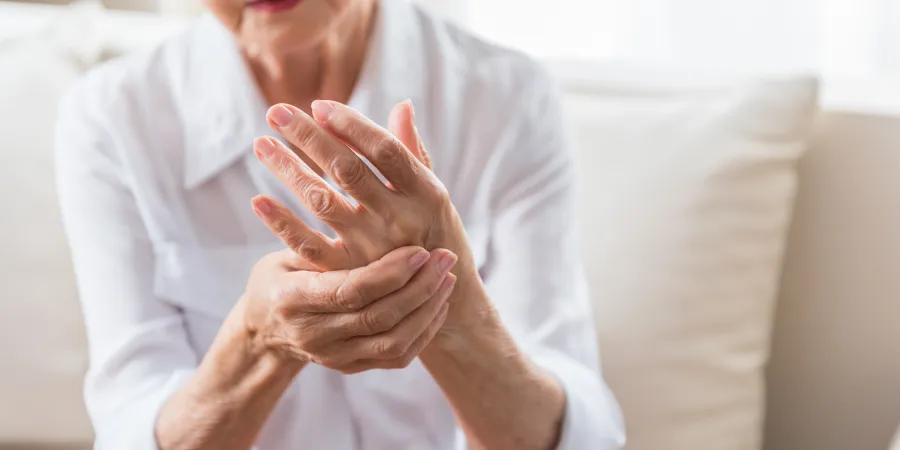
Underlying Health Issues
Certain inflammatory health issues like diabetes, osteoarthritis, gout, and rheumatoid arthritis can put you at a higher risk of developing trigger finger. Rheumatoid arthritis causes inflammation in your joints and can create the nodules that lock your finger in place.

Job
Trigger finger is more common among people with jobs that require repetitive finger and thumb movements. This can include industrial workers, farmers, and construction workers. Devoted hobbyists may also find themselves dealing with trigger finger.

Age and Gender
In general, women, especially those over 40, develop trigger finger more often than men. If you've had a previous hand injury you may be more likely to develop trigger finger.
What Are the Symptoms of Trigger Finger?
Symptoms can range from mild discomfort to moderate pain. If you are experiencing any of the following symptoms, you should contact Orthopaedic Specialists of Austin, which has convenient locations in Leander and Austin, TX.
Popping
Locking
Stiffness
Painful Bump
Non-Surgical Treatments for Trigger Finger
Your board-certified orthopedic specialist at Orthopaedic Specialists of Austin will evaluate your symptoms and medical history to develop a treatment plan that is best suited for you. Our specialists always start as conservatively as possible before moving on to more invasive or surgical methods.
Recovery
Mild tenderness or stiffness in your hand is normal for the first few months following surgery. However, daily activities can most likely be resumed within the first few weeks. It is important to follow your doctor's care instructions to ensure the safest and quickest recovery possible. If your work requires strenuous labor, you may need to take off work for a few weeks.



